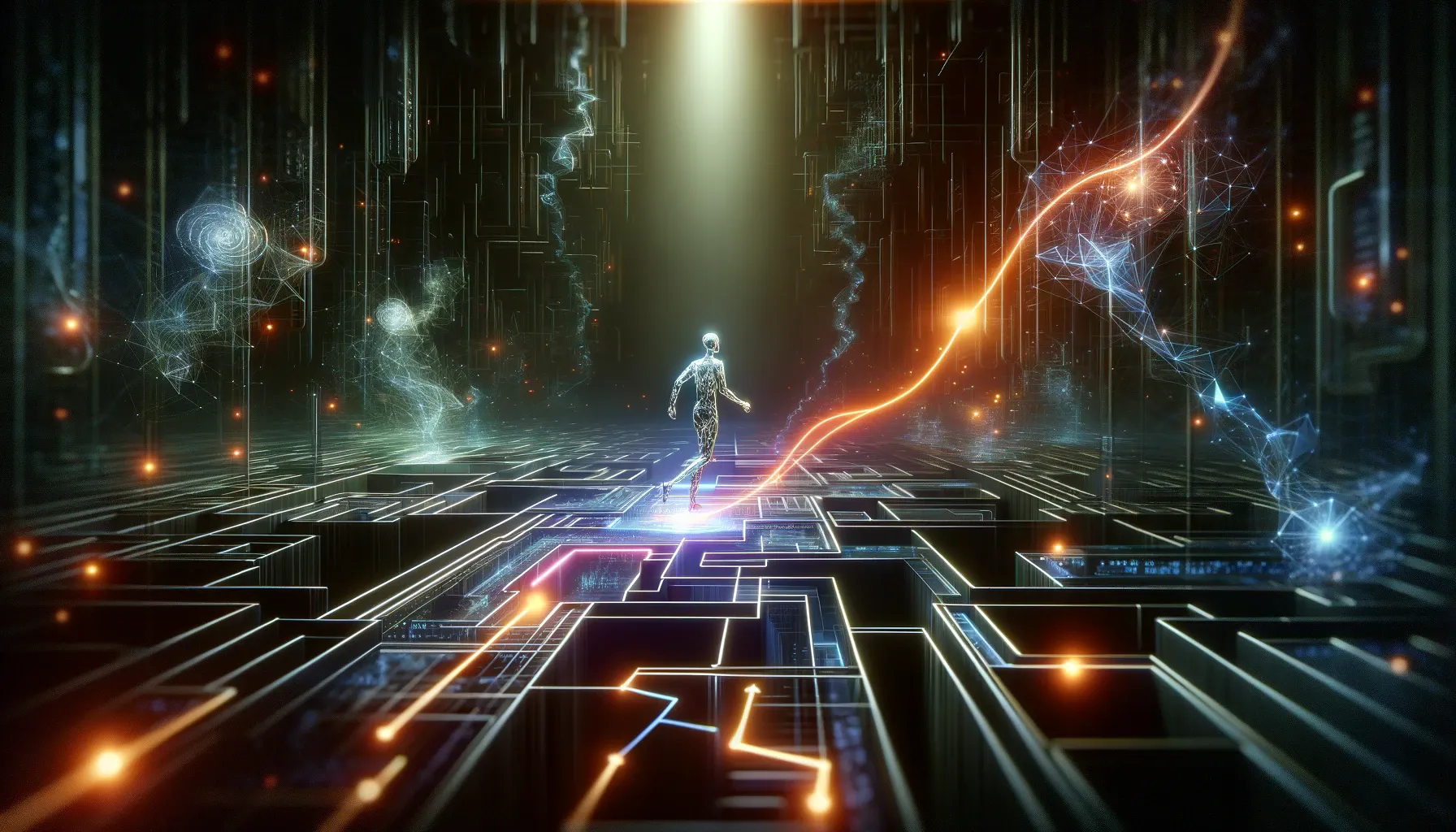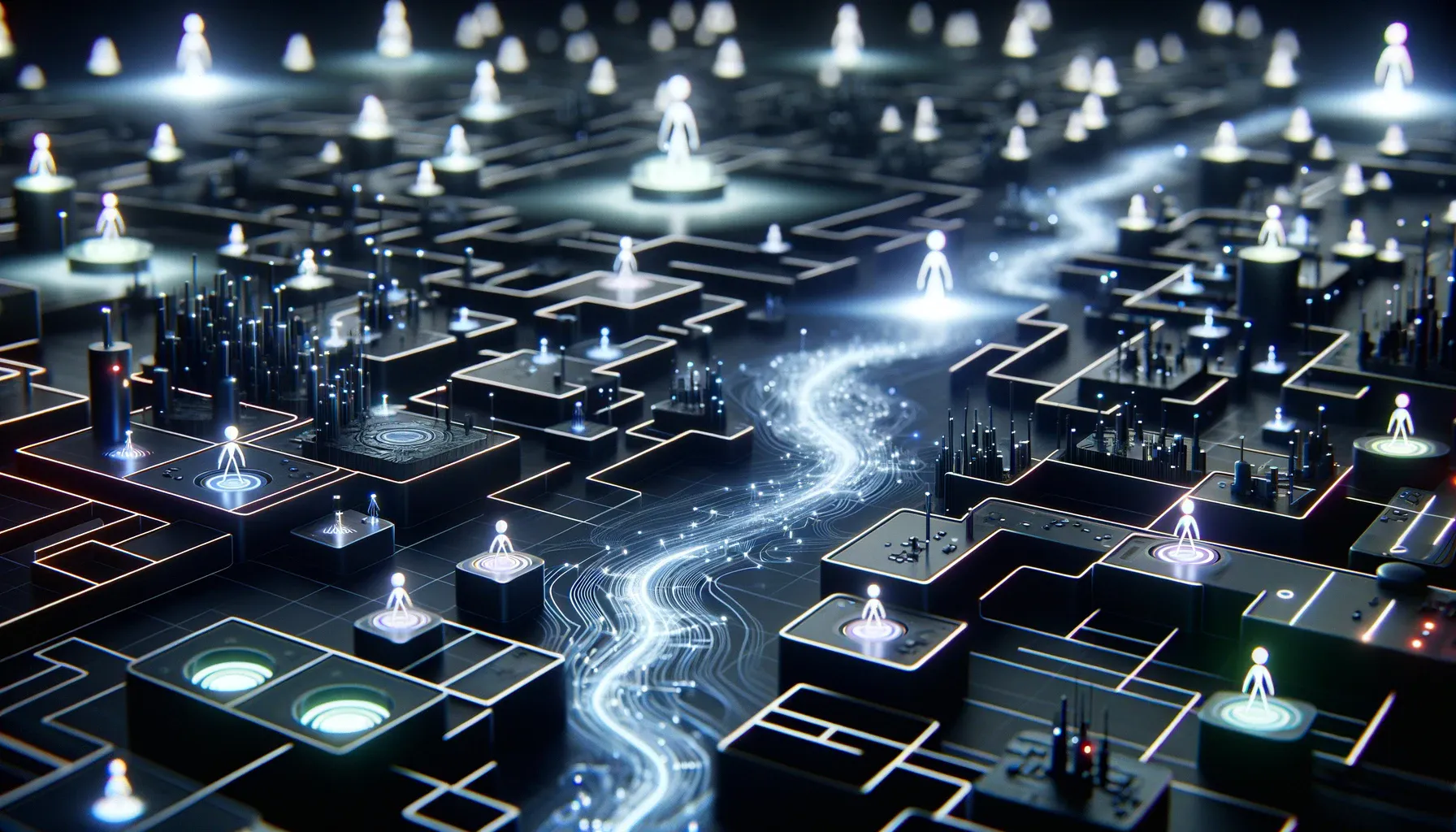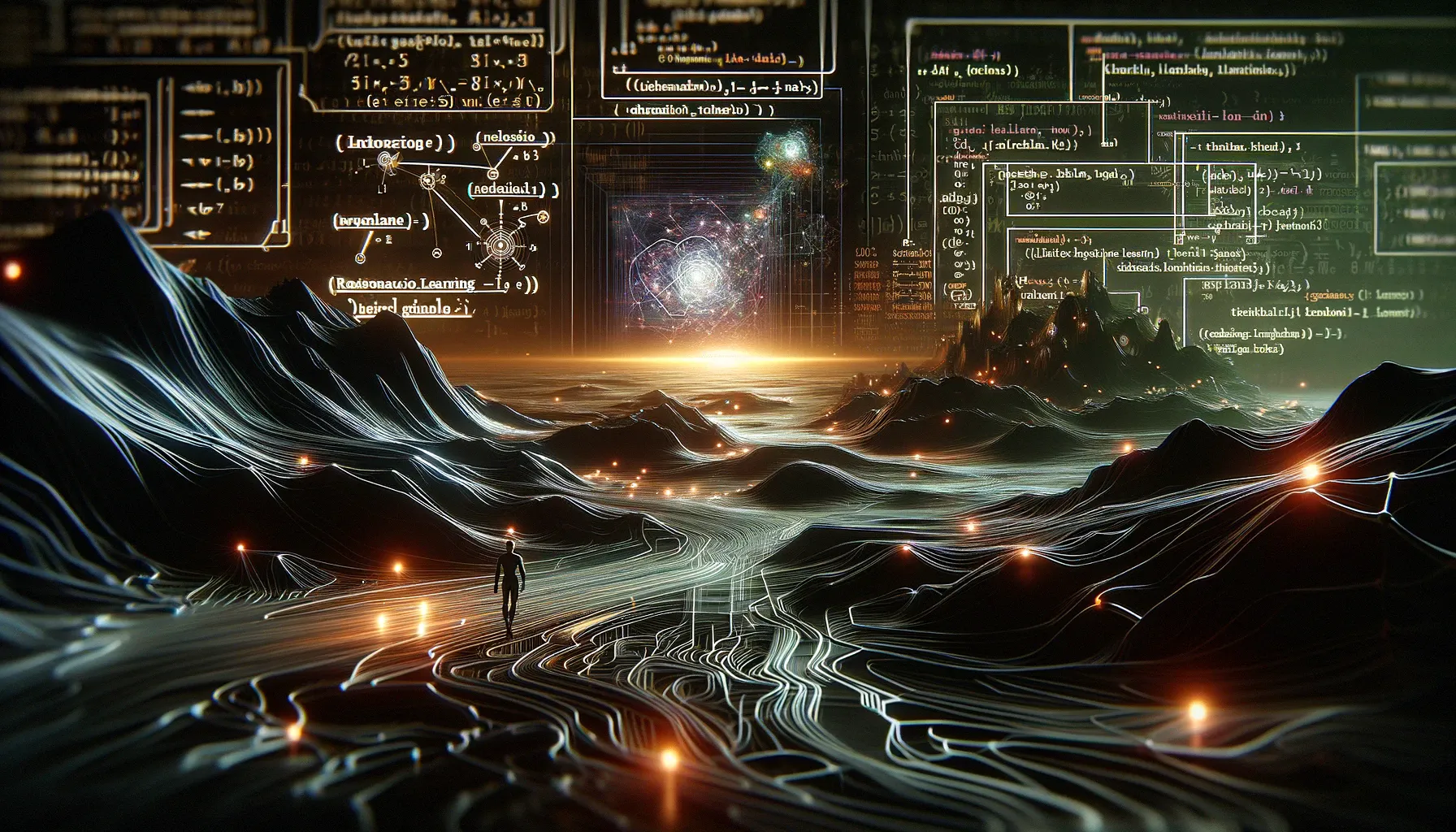Table of Contents
In the vast landscape of machine learning, few subfields have garnered as much attention and promise as Reinforcement Learning (RL). At its heart, RL is concerned with teaching software agents how to make sequential decisions in an environment to maximize a cumulative reward. In this article, we’ll embark on a journey into the domain of RL, exploring its fundamental concepts, real-world applications, challenges, and the exciting potential it holds for the future.
Reinforcement learning (RL) is a machine learning technique that mimics human trial-and-error learning to optimize decision-making. Software is trained to take actions that lead to positive outcomes while avoiding actions with negative consequences. RL algorithms use a reward-and-punishment system to learn and adjust their strategies over time, including the ability to delay immediate rewards for long-term gain. This approach empowers AI systems to achieve optimal results in unfamiliar environments.

The Essence of Reinforcement Learning
Reinforcement Learning (RL) is a machine learning paradigm that focuses on how software agents should take actions in an environment to maximize some notion of cumulative reward. It is inspired by behavioral psychology and is centered around the idea of learning by interaction and feedback.
In the reinforcement learning method:
Agent: The software entity or system that interacts with an environment and makes decisions. The agent’s goal is to learn how to take action to achieve a specific objective or maximize a cumulative reward.
Environment: The context or world in which the agent operates. It can be as simple as a game board or as complex as a physical environment like a robotic arm or a self-driving car. The environment responds to the agent’s actions and provides feedback in the form of rewards.
Actions: The decisions taken by the agent that affect the environment. These actions can be discrete (e.g., moving left or right) or continuous (e.g., adjusting motor speed).
Rewards: Numeric values provided by the environment as feedback after each action. Rewards indicate how good or bad the agent’s actions were in achieving its goal. The agent’s objective is to find a policy (a strategy) that maximizes the cumulative reward over time.
The key idea in reinforcement learning is for the agent to learn optimal policies. A policy maps states (situations or configurations of the environment) to actions. The agent explores different actions, observes the rewards it receives, and adjusts its policy to maximize expected future rewards.
Reinforcement learning algorithms use various techniques to balance exploration (trying new actions) and exploitation (choosing actions with known rewards) to efficiently learn optimal policies. These algorithms can range from simple rule-based methods to complex deep reinforcement learning algorithms that leverage neural networks to handle high-dimensional input data.
Overall, reinforcement learning is a dynamic and interactive approach to machine learning that has found applications in robotics, game playing, autonomous systems, recommendation systems, and more, enabling agents to learn how to make decisions and take action in complex and uncertain environments.
Types of Reinforcement Learning
Reinforcement Learning (RL) can be broadly categorized into two main types based on the learning approach and availability of prior knowledge:
Model-Based Reinforcement Learning:
Model-based RL involves building a model of the environment. This model is used to simulate the environment’s dynamics, allowing the agent to plan and make decisions based on the model’s predictions. Agents in model-based RL maintain an internal representation of the environment, which includes information about state transitions, rewards, and the probabilistic nature of the environment.
This type of Reinforcement Learning is often used when prior knowledge about the environment is available, and the agent can construct an accurate model. Model-based RL can be sample-efficient because it uses the model to plan and can make more informed decisions.
Model-Free Reinforcement Learning:
Model-free RL does not involve building an explicit model of the environment. Instead, the agent directly interacts with the environment and learns from these interactions. Agents in model-free RL do not maintain a detailed internal representation of the environment’s dynamics. They focus on learning policies or value functions through trial and error.
This type of RL is used when the environment is complex, and it’s challenging to construct an accurate model. It is often applied in situations where prior knowledge is limited. Model-free RL tends to require more interaction with the environment to learn effective policies or value functions but can be more versatile in handling unknown or stochastic environments.

Both model-based and model-free RL have their strengths and weaknesses, and the choice between them depends on the specific problem, the availability of prior knowledge, and the trade-off between sample efficiency and the ability to handle uncertainty and complexity. Researchers often explore hybrid approaches that combine elements of both types of RL to leverage their respective advantages.
Approaches to Implement a Reinforcement Learning
Implementing Reinforcement Learning (RL) involves various approaches and techniques. Here are some of the key steps and considerations when implementing RL:
1. Define the Problem: Clearly define the problem you want to solve using RL. Specify the agent’s objectives, the environment, and the actions the agent can take.
2. Choose an RL Algorithm: Select an RL algorithm that suits your problem. Some common RL algorithms include Q-Learning, Deep Q-Networks (DQN), Proximal Policy Optimization (PPO), and Trust Region Policy Optimization (TRPO).
3. Design the Environment: Implement the environment in which the agent will operate. The environment should provide states, actions, rewards, and the dynamics of the system.
4. Specify the State Space and Action Space: Define the possible states the environment can be in and the actions the agent can take in each state. These spaces can be discrete or continuous.
5. Create a Reward Function: Design a reward function that quantifies how good or bad the agent’s actions are concerning the task’s objectives. The reward function guides the learning process.
6. Initialize the Agent: Initialize the RL agent with appropriate parameters and a policy (strategy) for selecting actions. The initial policy can be random or based on prior knowledge.
7. Iterative Learning: Implement the RL training loop, where the agent interacts with the environment, selects actions, receives rewards, and updates its policy or value function.
8. Exploration vs. Exploitation: Balance exploration (trying new actions) and exploitation (choosing actions with known rewards) during the learning process. Exploration is crucial for discovering optimal policies.
9. Update the Agent’s Policy: Use the chosen RL algorithm to update the agent’s policy based on the observed rewards and experiences. The specific update rules depend on the algorithm.
10. Monitoring and Evaluation: Continuously monitor the agent’s performance and evaluate its policy. Use appropriate metrics to assess how well the agent is achieving its objectives.
11. Tune Hyperparameters: Experiment with different hyperparameters, such as learning rates and discount factors, to fine-tune the agent’s learning process.
12. Handle Exploration Challenges: Implement exploration strategies, such as epsilon-greedy policies or exploration functions, to encourage the agent to explore the state-action space effectively.
13. Deal with Large State Spaces: When dealing with large state spaces, consider using function approximation methods like deep neural networks to approximate value functions or policies.
14. Ensure Safety and Ethics: If applicable, incorporate safety and ethical constraints into the RL algorithm to ensure the responsible behavior of the agent.
15. Iterate and Improve: RL is an iterative process. Continuously analyze the agent’s performance, refine the reward function, and update the RL algorithm or policy until the desired level of performance is achieved.
16. Scale Up: For complex problems, consider scaling up RL by using distributed computing resources, parallel training, or advanced techniques like distributed RL.
17. Deploy the Trained Agent: Once the agent has learned an effective policy, deploy it in the target environment to solve real-world problems.
18. Continuous Learning: In dynamic environments, implement mechanisms for the agent to adapt and learn continuously as the environment changes.
Implementing RL can be a challenging and iterative process. Still, with careful planning, experimentation, and the right choice of algorithms and techniques, it can lead to successful solutions in various domains.
The Future of Reinforcement Learning
The future of RL brims with promise. Researchers are actively investigating methods to enhance RL’s sample efficiency, safety, and adaptability to intricate, dynamic environments. The amalgamation of RL with deep learning, known as deep reinforcement learning, has already yielded remarkable accomplishments.

As RL continues to evolve, it is poised for greater integration into critical sectors such as healthcare, finance, and education. This integration could revolutionize decision-making processes, automate intricate tasks, and augment human capabilities in unprecedented ways.
Conclusion
Reinforcement Learning has emerged as a powerhouse in the domain of machine learning, bridging the gap between AI and decision-making. By enabling software agents to learn through interaction and feedback, RL promises to revolutionize various industries. As we unlock its potential, we anticipate a future where RL-driven agents navigate complex environments with finesse, catalyzing transformative changes in our world. RL is not just a field it’s a journey of exploration and discovery, shaping the path toward more intelligent and adaptive technologies.
In essence, Reinforcement Learning isn’t merely a tool or a technique it’s a dynamic force that is propelling us toward a future where intelligent, self-learning systems play a central role in addressing complex challenges and transforming the way we interact with the world.